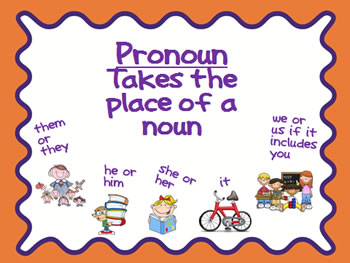 Pronoun คือ “คำสรรพนาม” เป็นคำที่ใช้แทนคำนามและข้อความที่กล่าวถึงมาแล้ว หรือกำลังจะกล่าวต่อไป เพื่อจะได้ไม่ต้องกล่าวซ้ำ
Pronoun คือ “คำสรรพนาม” เป็นคำที่ใช้แทนคำนามและข้อความที่กล่าวถึงมาแล้ว หรือกำลังจะกล่าวต่อไป เพื่อจะได้ไม่ต้องกล่าวซ้ำ
ลองพิจารณาบทความต่อไปนี้
a) John had just set down the overstuffed sandwich when John spotted a cockroach on the table. John smashed it with his open palm before John could eat.
b) John had just set down the overstuffed sandwich when he spotted a cockroach on the table. He smashed it with his open palm before he could eat.
ข้อความ a) ใช้คำนามคำเดียวกันตลอดซึ่งก่อให้เกิดความซ้ำซาก ในขณะที่ข้อความ b) ใช้คำสรรพนาม
รูปต่าง ๆ แทนคำนาม Joseph จึงทำให้ข้อความสละสลวยกว่า
ประเภทของคำสรรพนาม คำสรรพนามอาจแบ่งออกได้เป็น 7 ประเภท ดังนี้คือ
1) Personal Pronoun คือ คำสรรพนามที่ใช้แทนบุคคล ได้แก่
| Person | Singular | Plural |
| 1st person | I, my*, mine*, me | We, our*, ours*, us |
| 2nd person | you, your*, yours* | you, your*, yours* |
| 3rd person | he, his*, him, she, her*, hers*, it, its* |
they, their*, theirs*, them |
You should leave your tray on that table. I’ve already put mine there.
Narinthip donates her blood every month.
The teacher asked us to participate in a forum.
อย่างไรก็ตาม บางครั้งคำสรรพนามในตารางที่มีเครื่องหมาย* อาจจัดเป็นประเภทของ possessive pronouns ซึ่งเป็นคำสรรพนามที่แสดงความเป็นเจ้าของก็ได้
2) Demonstrative Pronoun คือ คำสรรพนามที่แสดงการชี้เฉพาะ ได้แก่ this, that, these
และ those
This is his new pocketbook.
These are Kate’s belongings.
3) Indefinite Pronoun คือ คำสรรพนามที่ไม่ชี้เฉพาะ ได้แก่
| Singular | everyone, everybody, everything, someone, somebody, something, anyone, anybody, anything, each, another, either, one, no one, nobody, nothing, neither |
| Plural | others, many, several, both, few |
| Singular or Plural | all, more, most, some, such, any, none |
Nobody is perfect.
Jack and Jill love to exercise. Both are in good health.
4) Relative Pronoun คือ คำสรรพนามที่ใช้เชื่อมประโยคย่อยไม่อิสระเข้ากับคำนาม หรือ
สรรพนามอื่นที่ต้องการขยาย ได้แก่ who, whom, whose, which และ that
( ศึกษารายละเอียดในโมดูลที่ 11 Complex Sentences: Adjective Clauses)
My niece who is married to a vet is going to have a baby.
The movie which she directs will be released soon.
5) Reflexive and Intensive Pronoun คือ คำสรรพนามที่ใช้เมื่อประธานและกรรม
เป็นคนเดียวกัน หรือสิ่งเดียวกัน ได้แก่ myself, yourself, himself, herself, itself, ourselves,
yourselves, themselves ( รูป –self /-selves ของคำสรรพนามที่ใช้แทนบุคคล)
เมื่อทำหน้าที่เป็นกรรม หรือส่วนเสริมประธาน จะเรียกว่า reflexive pronoun เช่น
She cut herself when cooking.
Paul is not himself today; he may have something on his mind.
เมื่อทำหน้าที่เป็น appositive เพื่อเป็นการเน้นประธาน จะเรียกว่า intensive pronoun เช่น
I did this myself .
You have to tell him the truth yourself .
6) Interrogative Pronoun คือ คำสรรพนามที่ใช้ในการถามคำถาม เช่น who, which , what
Who wrote Harry Potter ?
Which is your bag: the black one or the brown one?
What happened at the BTS station?
7) Reciprocal Pronoun คือ คำสรรพนามที่ใช้แสดงว่าบุคคลหรือสิ่งนั้นกระทำหรือรู้สึก
เช่นเดียวกันต่อกัน
Romeo and Juliet love each other so much.
These quadruplets ( ฝาแฝดสี่คน) always take care of one another .
การใช้รูปต่าง ๆ ของคำสรรพนาม
รูปของคำสรรพนาม ( case) ในภาษาอังกฤษมีอยู่ด้วยกัน 3 รูปคือ
subjective ( รูปที่เป็นประธาน) ,
possessive ( รูปที่แสดงความเป็นเจ้าของ) ,
objective ( รูปที่เป็นกรรม) ดังแสดงในตาราง
| Subjective Case | Possessive Case | Objective Case | |
| Singular | I he, she, it |
my, mine his, her, hers, its |
me him, her, it |
| Plural | we they |
our, ours their, theirs |
us them |
| Singular or Plural | you who |
your, yours whose |
you whom |
Source: Ellsworth, Blanche and Higgins, John A. (2010). English Simplified.
Twelfth Edition. USA: Pearson Education, Inc., p. 17.
หน้าที่หรือตำแหน่งของคำสรรพนาม
ในประโยคภาษาอังกฤษ คำสรรพนามสามารถทำหน้าที่ หรืออยู่ในตำแหน่งเดียวกับคำนามได้
ยกเว้นส่วนเสริมกรรม ดังนี้
1) ประธาน
They save hundreds of lives.
2) กรรมตรง
I’ll call you after the meeting.
3) กรรมรอง
The teacher gave her an assignment.
4) กรรมตามหลังบุพบท
All Thai people pray for him .
5) ส่วนเสริมประธาน
A: May I speak to Ms. Ananya?
B: This is she .






















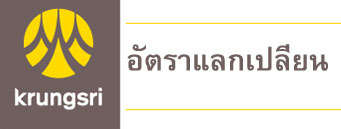












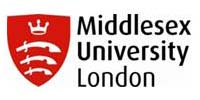












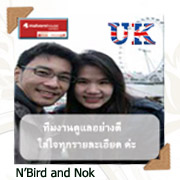
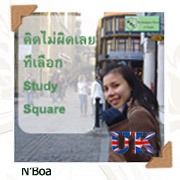



















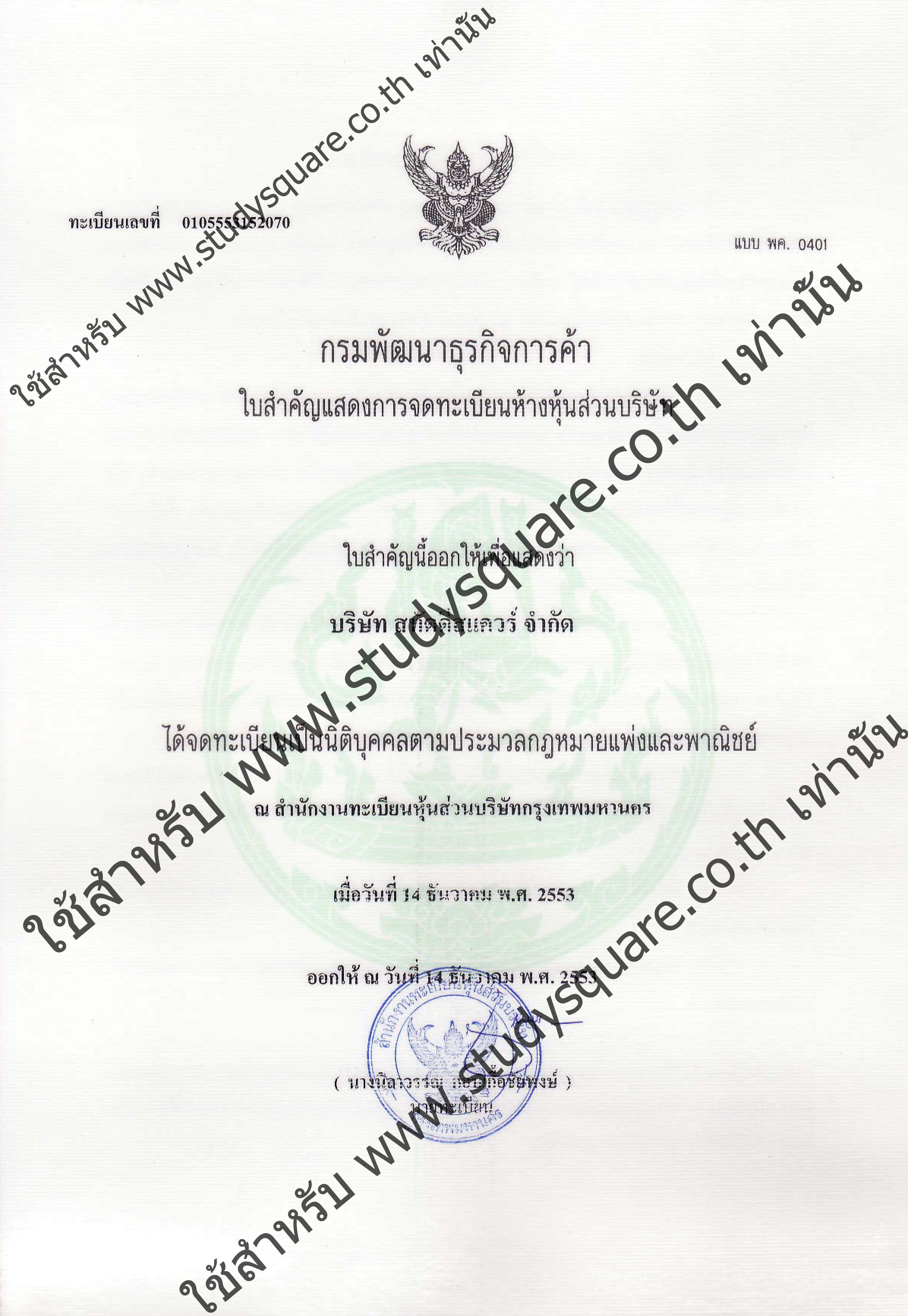


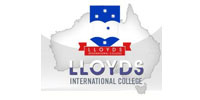














ความเห็นล่าสุด